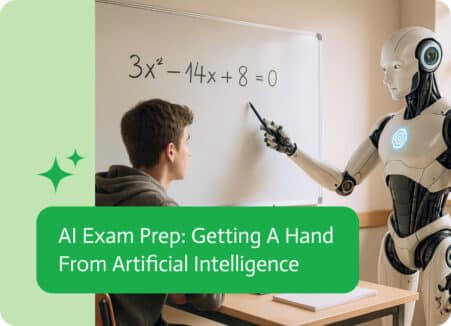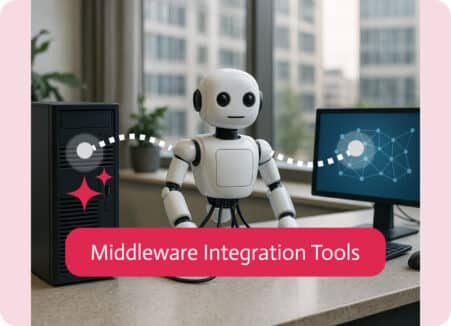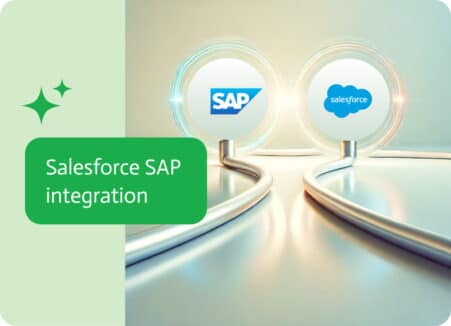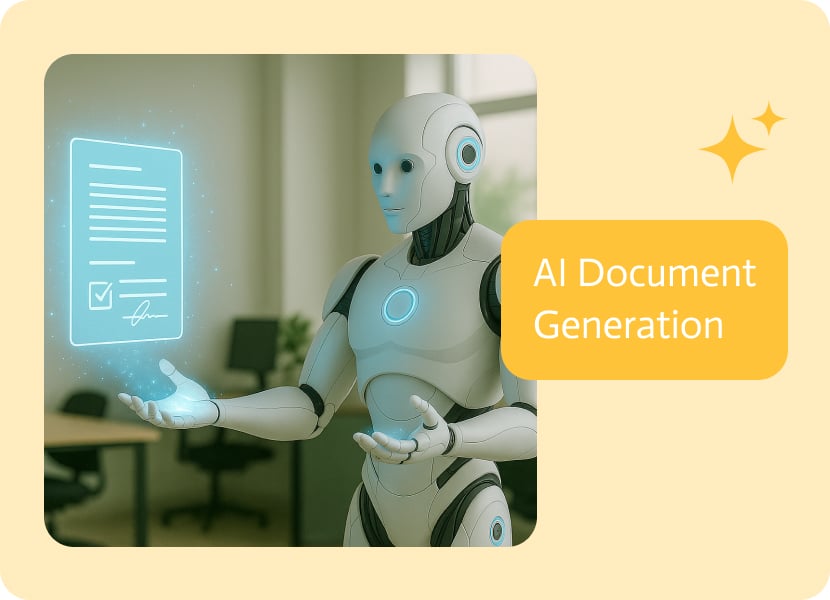
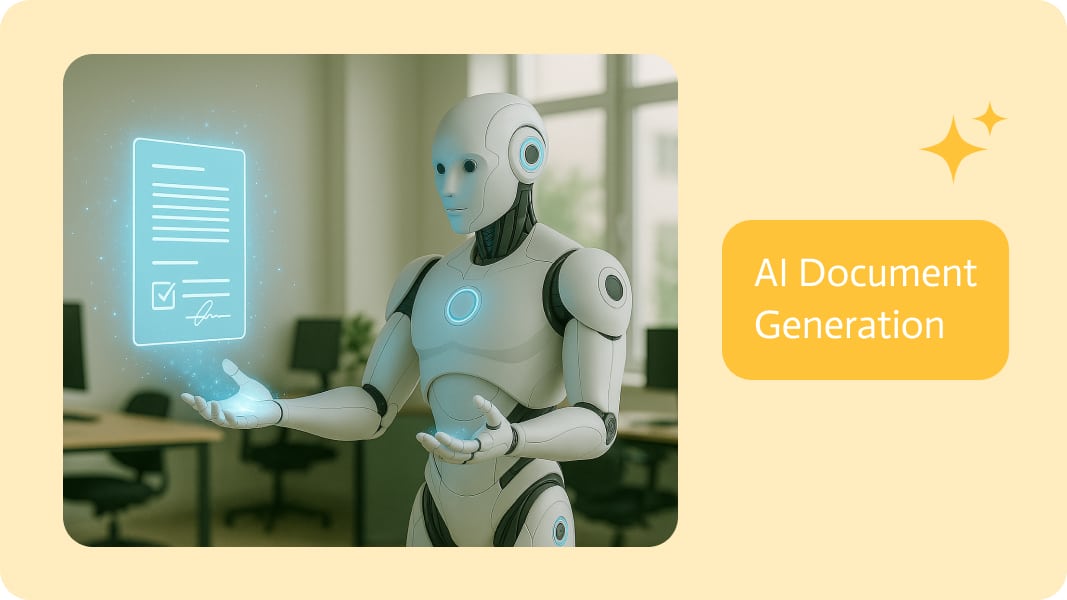
AI Document Generation: A Revolution You Can’t Ignore
The world of business documents is going through a crazy evolution. AI document generation has subtly advanced from using simple templates and set rules to comprehending context, producing dynamic content, and adjusting data structures that are always changing, while everyone has been smitten with conversational bots and image generators. We are no longer discussing glorified mail merges. It’s AI smart enough to learn from your customer’s past orders, knows all the industry rules, remembers what the legal team gave the thumbs-up to last week, and quickly creates a contract that’s spot-on, legal, and ready to sign.
Welcome to 2026, when the market for processing and generating documents using artificial intelligence is expected to explode and compound at an annual growth rate of 33.1%, from $2.30 billion in 2024 to $12.35 billion by 2030. You’re driving a horse-drawn carriage on the information superhighway if you’re still creating documents by hand. This isn’t a small improvement; it’s in fact, an infrastructure-level transformation that’s already underway.
The AI Renaissance: When Logic Met Learning
This is how 2026 will differ from even 18 months ago, with AI document generation recently receiving a cognitive upgrade. In ways that previously seemed unthinkable, the technology now integrates two essentially separate kinds of intelligence.
Document generation software, for this purpose we’ll look specifically on the legal side, is now able to reason through statutory logic while producing plain-language summaries with legal accuracy. The system does more than simply use templates to fill in contract clauses. It absorbs the WHY, WHEN, and HOW those clauses relate to other legal requirements.
Black-box AI is a no-go for stuff that really matters because of new rules worldwide, like the Artificial Intelligence Act in the EU and transparency mandates in the US and India. AI must now explain itself or face the proverbial music. And you know what? There is no doubt that document generation is a high-stakes application. “The AI messed up” is no longer acceptable when it comes to automatically creating contracts worth millions of dollars and employment agreements that have a significant impact on people’s lives.
This is resolved by the neuro-symbolic method. Essentially, imagine a smart program that looks at a legal paper, then another program that uses the rules to spell out the reasons. It’s comparable to a lawyer who can read a million cases in a second and then explain it in simple terms.
The Human-in-the-Loop Evolution: AI That Truly Listens
Remember when AI was going to take everyone’s jobs? Yes, that isn’t the real situation. Thanks to learning by repetition, human-in-the-loop models are now able to improve outputs continuously while retaining high accuracy in all of your important docs.
In practice, this is what it looks like. Your legal team examines contracts that have been drafted and points out any flaws. The system then learns from these said comments and makes improvements for each subsequent generation, and not only to that one document. To improve resonance, your sales team modifies the proposal, then AI methodically takes those advancements into account. The regulatory language is updated by your compliance officer. The modifications automatically spread to all pertinent document types.
A compound learning effect is produced as a result, which basically means that in the first month, each document requires 20 minutes to go through, but by the second month, it’s down to two minutes. Humans are primarily there to deal with weird stuff and spot-checking in month twelve. Working with your team, not against them, is legitimately making the system smarter and more efficient.
Hyper-Personalization at Industrial Scale
By 2026, businesses will be applying AI to come up with products and services personalized to individual tastes on a never-before-seen scale, and e-commerce sites will be creating user-specific product descriptions and images. Apply that same ability to business documents now.
Think about creating 5,000 customer renewal proposals, each one unique. Instead of a generic letter, these proposals could point out products previously purchased, features they use, upgrade ideas, examples from their industry, price ranges that match their history, and answers to questions they’ve asked before.
Before, you needed a dedicated person for each customer to make that happen. Now, AI document creation does it all the time, for everyone, all at once. You’re getting top-notch customization for a reasonable cost, which is mind-blowing.
The same goes for inside workings of the company. HR records that change according to a worker’s role, tenure, or location. financial reports that flag metrics that are important to each executive. training resources auto-adjusting the level of difficulty according to the learner’s experience. Each document turns into a dialogue rather than a broadcast.
The Autonomous Process Revolution
Autonomous process automation is quickly gaining popularity because when it’s combined with computational document processing, it can sort, validate, and integrate unstructured data from practically any documents you throw at it.
It becomes truly futuristic at this point. These days, documents actively participate in workflows instead of what they used to do, just generate them. The system gets an invoice, then takes that info and compares it to purchase orders, flags anything that doesn’t quite look right, routes approvals to the appropriate parties according to department and amount, creates payment instructions, updates accounting records, and properly metadatas everything before archiving it. No humans required for the usual stuff.
AI-powered copilots have already been employed by staff at almost 70% of Fortune 500 companies to perform routine and repetitive chores. By 2026, AI-powered agents will be handling even more complex assignments with new abilities and even more ways to interact. What distinguishes an agent from a copilot? Copilots assist you in your work. The work is done by agents.
Nowadays, entire operations are overseen by document-generating agents. They keep track of contracts, automatically create renewal proposals, send them to clients, follow up if no response is received, escalate to humans when a negotiation is required, update CRM records with the results, and plan the next renewal cycle. The humans simply have to deal with really niche hiccups, supervise and authorize thresholds. The workflow is managed by the agent.
Conversational Document Creation: Just Ask
This sounds like imagination, but it’s already in use: You can avoid the HR charade for a policy update conversationally through AI-powered interactive querying and document processing help, as the conversational interface obtains your responses instantly.
You could say, “Show me all contracts where we’re providing intelligent services to healthcare clients and update the liability clauses to comply with the new Act requirements.”
The relevant contracts are identified by the system, which also produces updated versions with compliant language, notes any changes, and generates a change log for legal review. A 30-second chat has replaced an arduous three-week project.
Everyone can use AI document generation thanks to this conversational element. Database queries, coding, and business logic programming are not necessary. Simply converse with it as you would with a capable assistant who also happens to have an infinite capacity and perfect memory.
The Multi-Modal Future: Beyond Text
AI is currently producing procedurally generated just about anything you could possibly imagine, from gaming to legal and everything in between, by simply understanding your words.
Now, think about business documents: Proposals with charts that show the return on investment for that customer. Contracts with interactive pricing tools. Training guides with diagrams made on the spot. Concepts are illustrated in training documents with auto-generated diagrams. AI-generated data visuals in financial reports that show the reader what matters most.
The Security and Compliance Imperative
The better AI document making gets, the more important safety becomes. Enterprise-level data protection, certifications, compliance, traceability, access controls, and multi-factor authentication are vital, as well as industry-specific rules like HIPAA.
Those platforms that emerge victorious in 2025 incorporate governance into their design. Workflows for template approval exist. Role-based permissions govern data access. Before being distributed, generated content is automatically checked for compliance. Each generation generates an audit trail that reveals the template used, the data accessed, the logic used, and the individuals who granted exceptions.
When you think about how an insurance company in Berlin was fined €2 million at the beginning of 2025 for using AI that was unable to communicate its risk assessment to customers. In addition to being ineffective, your AI document generation system is a potential regulatory violation if it is unable to provide an explanation for specific terms or clauses.
By 2026, more than 80% of businesses will use gen-AI that will improve document workflows; the companies that view AI document generation as infrastructure rather than a feature will have an advantage. It is the layer that links your operations to your results, your systems to your stakeholders, and your data to your business processes.
What This Means for Noca AI Users
Noca designed its platform with the ideal future of business in its sights: artificial intelligence (AI) that comprehends context, applies business logic, produces individualized en masse, explains its logic, uses feedback, and it effortlessly integrates with enterprise systems already used.
Noca makes proper use of AI, it doesn’t just use it nonchalantly. Continuous improvement in human-in-the-loop learning. multi-modal generation that generates entire business documents and frameworks that guarantee compliance while being elastic.
Above all, Noca views AI document generation as a strategic tool rather than a way to cut costs. Yes, you will save money and time. The true value, however, lies in what is made possible when document creation is no longer an impediment.
Final Thoughts on AI Document Generation
If you’re reading this thinking, “We should look into AI document generation sometime soon,” I’ve got some bad news for you…you’re already behind. By 2030, it is anticipated that the market for AI document processing will have grown from $2.30 billion to almost $12.35 billion. This growth should not be considered as just speculative; rather, it represents current investments companies are making to get ahead. Your rivals aren’t arguing over whether or not they should be using it, they’re working at speeds you can’t match manually, honing their third generation of AI-generated proposals, and training their systems on months of feedback.
The question is not whether AI document generation will alter your business processes. It’s about getting there early enough to get something or late enough to get interrupted.
